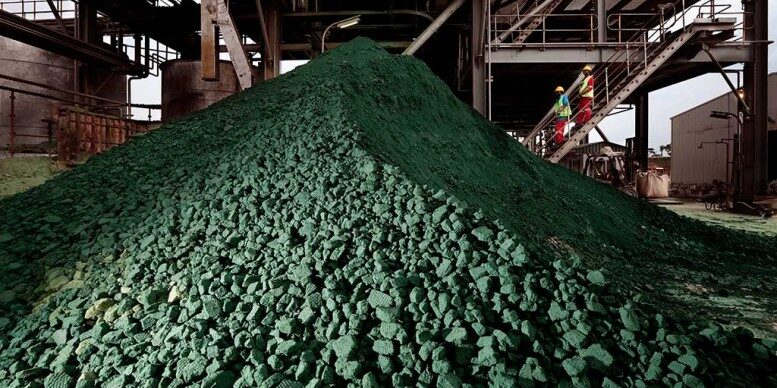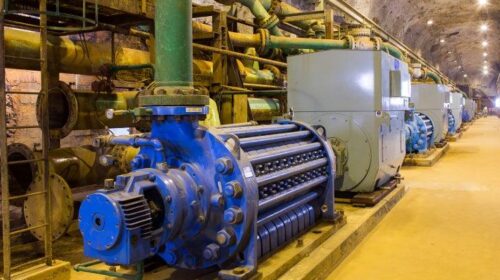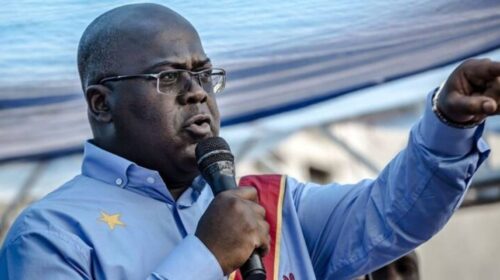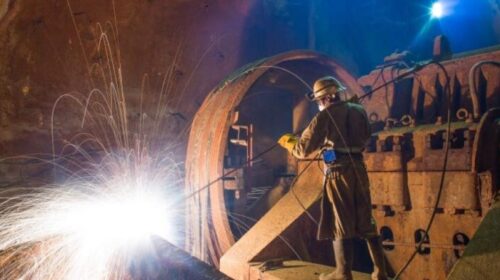DRC: a third of the country’s mining product exports in 2019 consisted of cobalt
Increasingly sought after on the international market, cobalt is essential in the Democratic Republic of Congo as an essential element for financing the economic development of the country.
According to a report published by the NGO Natural Resource Governance Institute (NRGI), the price increase meant that in 2019, in terms of value, a third of the exports of the Democratic Republic of Congo (DRC) consisted of cobalt. .
To this end, the DRC government has declared cobalt to be a “strategic mineral substance” and has increased royalties on cobalt in order to benefit more from the increase in demand.
The DRC is currently developing
new policies to govern its exploitation of this resource. Yet cobalt may cease to be a critical mineral in the coming decades.
Electric car (EV) buyers, battery manufacturers and miners fear rising prices and supply disruption, as well as human rights abuses, environmental destruction, corruption and corruption. political risks.
As with other critical minerals, industries seek to reduce the use of this mineral.
The time available to the DRC and other countries to profit from the exploitation of this mineral could be short-lived.
Given the transitory nature and criticality of cobalt, proper governance is important both for people in mining countries, as well as for meeting the Paris climate agreement.
This report aims to help governments and their advisers in mining countries, such as the DRC, to profit from cobalt mining, to develop the industry along battery supply chains, as well as to solve a range of problems ranging from human rights violations to corrupt practices.
The report is also aimed at policy makers working to ensure that global cobalt production is sufficient in time for the global energy transition.
Sourcing cobalt starts with understanding the management of mining industries in countries like the DRC and potential new suppliers. This requires understanding how to balance a steady global supply and economic development to serve the people of these countries.
Because much of the cobalt comes from the DRC, most of the examples and discussions in this report focus on that country.
However, the report also discusses other countries, such as the Philippines, Cuba, Papua New Guinea, Zambia and Angola, which extract lesser quantities of cobalt or which, due to rising prices , could also discover and exploit much larger deposits.
![]()





